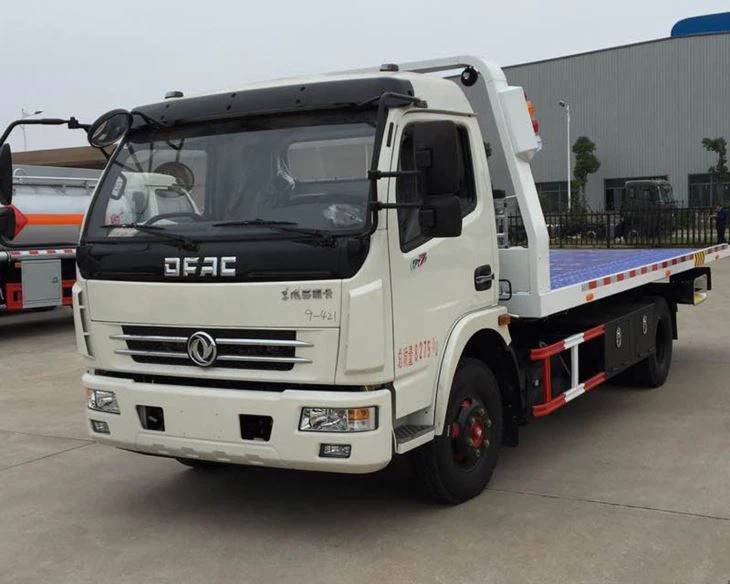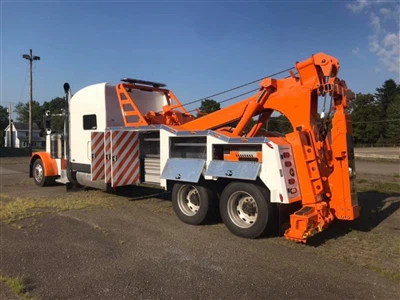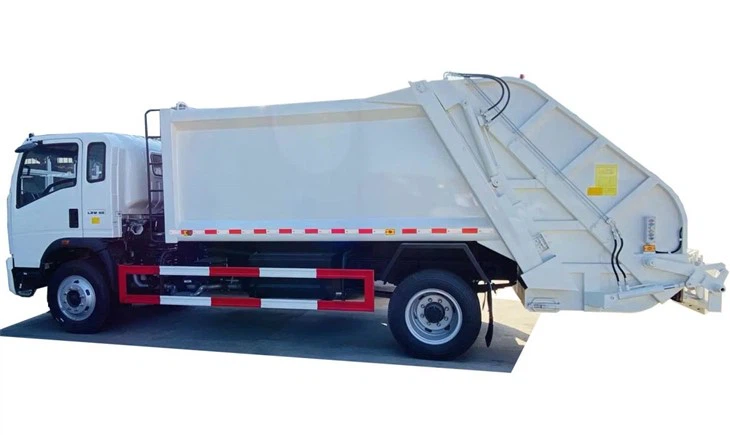Elgin Crosswind: Your Ultimate Guide to Understanding and Using This Innovative Tool

Introduction
The Elgin Crosswind is a state-of-the-art roadside monitoring device that provides various functionalities including air quality monitoring, weather conditions, and traffic data. As environmental concerns and traffic management become more significant issues globally, tools like the Elgin Crosswind are becoming essential for urban planners, traffic authorities, and environmental enthusiasts. This article will provide you with an in-depth understanding of the Elgin Crosswind, covering its features, benefits, real-world applications, and practical tips for utilizing it effectively. Let’s dive in!
What is the Elgin Crosswind?
The Elgin Crosswind is designed specifically for deployment in diverse environments, offering real-time data collection. It integrates technology with extensive sensor capabilities to ensure that users receive accurate and up-to-date information. Whether you are an urban planner or a concerned citizen, having access to such data is vital for informed decision-making.
Key Features of the Elgin Crosswind
- Real-Time Data: Provides immediate feedback on environmental conditions.
- Versatile Sensors: Can monitor air quality, temperature, and humidity.
- User-Friendly Interface: Easy to set up and navigate, making it accessible for all.
- Weather Resistant: Built to withstand various weather conditions.
- Data Storage: Capable of storing large amounts of data for long-term analysis.

Benefits of Using the Elgin Crosswind
The advantages of utilizing the Elgin Crosswind are manifold. Below are some of the key benefits that make this tool a must-have for relevant stakeholders.
1. Enhanced Data Accuracy
The Elgin Crosswind employs advanced sensors that provide precise readings. This accuracy is crucial for urban planners and environmentalists who rely on data for analyses and reports.
2. Promotes Sustainable Practices
By monitoring air quality and weather conditions, stakeholders can make informed decisions that contribute to sustainability efforts, like reducing emissions and improving urban landscapes.
3. Cost-Effective Solutions
The Elgin Crosswind offers an all-in-one solution, eliminating the need for multiple devices. This consolidation saves both time and financial resources.
4. Versatile Applications
Whether used for traffic management, environmental studies, or urban development, the Elgin Crosswind finds applications in numerous domains. Its versatility is a significant plus for various users.
How Does the Elgin Crosswind Work?

The functionality of the Elgin Crosswind is grounded in its cutting-edge technology. Here’s a closer look at how it operates.
Sensors and Data Collection
The Crosswind is equipped with several sensors, including:
- Air quality sensors for measuring pollutants like CO2 and PM2.5.
- Temperature and humidity sensors for weather monitoring.
- Traffic sensors for collecting data on vehicle counts and speed.
Data Transmission
Once the data is collected, it is transmitted in real-time to a centralized platform where users can access and analyze the information. This immediate access to data allows for timely decisions in critical situations.
Real-World Applications of the Elgin Crosswind
The Elgin Crosswind serves in various scenarios, all aimed at improving life in urban settings. Below are some illustrative examples of its applications.
1. Urban Traffic Management

City officials can use data collected from the Elgin Crosswind to monitor traffic flow and implement measures to alleviate congestion. The real-time data helps in optimizing traffic signal timings.
2. Environmental Monitoring
Environmental scientists can harness the Elgin Crosswind to study pollution levels, which is crucial for neighborhoods near industrial areas. Continuous monitoring can inform community initiatives aimed at improving air quality.
3. Disaster Management
In the wake of natural disasters, data regarding weather conditions can assist in real-time decision-making for evacuations and disaster relief efforts.
Installation and Maintenance of the Elgin Crosswind
Installing the Elgin Crosswind can be a straightforward process if one follows specific guidelines.
Installation Steps
- Choose a Location: Select a location that is free from obstructions for accurate readings.
- Set Up the Device: Follow the manufacturer’s instructions for assembling the device.
- Connect to Wi-Fi: Ensure the device connects to a Wi-Fi network for data transmission.
Maintenance Tips
- Regularly check the sensors for any dust or dirt that may obstruct readings.
- Update the software as new updates become available.
- Inspect the weatherproofing of the device periodically.
Choosing the Right Location for the Elgin Crosswind
The location where you place the Elgin Crosswind can significantly affect its performance. Here are some considerations to keep in mind.
Factors to Consider
- Accessibility: Ensure the location is easy to access for maintenance but not prone to vandalism.
- Proximity to Pollutants: Position the device near potential pollutants like factories, highways, or busy intersections for relevant data.
- Open Space: Avoid locations hindered by large buildings or trees that may interfere with data collection.
Common Challenges with the Elgin Crosswind
While the Elgin Crosswind is a robust tool, it’s not without its challenges. Below are some common issues users may face.
1. Connectivity Issues
If the device is not adequately connected to a stable Wi-Fi network, it may fail to transmit data. Regular checks on the connection can help mitigate this problem.
2. Sensor Calibration
Occasionally, sensors may require recalibration. Be sure to follow the manufacturer’s guide to ensure accuracy.
3. Environmental Influences
Extreme weather conditions may affect the performance of the device. Users should consider weather impacts when deploying the device.
Cost and Return on Investment
Certainly, the financial aspect of acquiring an Elgin Crosswind is a critical point to consider. Below is an analysis of the costs and potential returns on investment.
Analyzing Costs
The initial acquisition cost of the Elgin Crosswind can vary based on features but is generally within a reasonable range for professional tools. Here’s a breakdown:
| Item | Estimated Cost |
|---|---|
| Elgin Crosswind Device | $2,000 – $5,000 |
| Installation Fees | $100 – $500 |
| Maintenance Costs | $50 – $150 Annually |
Calculating Returns on Investment
By providing accurate data, the Elgin Crosswind can help cities save costs in traffic management, environmental health impacts, and emergency response efficiencies. For example, a city may reduce traffic congestion, leading to lower fuel consumption and decreased emissions, translating into significant cost savings over time.
FAQ Section
1. What types of data does the Elgin Crosswind collect?
The Elgin Crosswind collects various data, including air quality metrics, temperature and humidity readings, and traffic flow data.
2. Can the Elgin Crosswind be used in rural areas?
Yes, the Elgin Crosswind is versatile and can be deployed in both urban and rural settings for various monitoring needs.
3. How often should I check the device?
Regular checks are recommended, ideally monthly, to ensure that the device is functioning correctly and data is accurately captured.
4. Is the Elgin Crosswind user-friendly?
Yes, it features a user-friendly interface, making it easy for various users to navigate and utilize effectively.
5. What maintenance does the Elgin Crosswind require?
Maintenance mostly involves cleaning the sensors, checking connectivity, and performing software updates.
6. How can I access the data collected by the Elgin Crosswind?
The data can be accessed through a centralized platform once the device is connected to Wi-Fi, allowing users to analyze and visualize the information collected.
